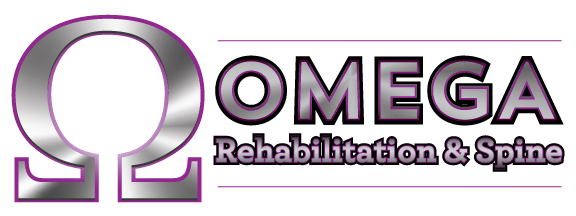I was involved in a motor vehicle accident…in pain, I wasn’t sure which direction to turn and I was becoming frustrated and depressed due to the chronic pain. I was unsure if I would ever be in the same. Fortunately, I was referred to Dr. Carlisle and have been very grateful to have such a great physician in my corner. He has been very responsive to my suffering and has been instrumental in finding the cause of my pain. He listens to me with each visit and with his support as well as expertise my condition has improved. I truly enjoy his passion for patient care and his ability to explain my medical condition, treatment and prognosis with great ease. I am thankful for Dr. Carlisle and his staff for helping me regain hope again. – S.C
General pain is very common – knee, shoulder, back, and hip pain being the most common – and can be caused by a number of conditions, such as osteoarthritis or rheumatoid arthritis, bursitis, and injuries such as breaks, sprain, and strains. They often become more common and more severe with age and range from acute to chronic.
The primary goal with treating painful conditions is to reduce the overall pain and inflammation associated with it.
James L. Carlisle, MD may treat your pain in the following ways:
- Over the Counter or Prescription Medications
- Physical Therapy
- Occupational Therapy
- Injections
- Braces
- Rest
- Ice/Heat
- Topical pain creams
Myofascial pain syndrome refers to the chronic pain and inflammation in the soft tissues (muscle and connective tissue) in the body and involves either a whole muscle group or a single muscle. The pain can be caused by an injury or traumatic event that causes the development of a trigger point which causes pain in another area of the body. A trigger point is a place in a muscle that refers pain and causes problems in the muscle groups. Trigger points tend to be very tender when pressure is applied.
Symptoms of myofascial/trigger point pain may include the following:
- A tender knot in a muscle
- Deep, aching muscle pain
- Pain that worsens or persists over time
- Pain that is made worse by touch or pressure
- Tender areas on the body that cause pain in other, unrelated parts of the body
Myofascial/trigger point pain can be caused by the following:
- Injury or trauma to an area of the body Strain to another area of the body
- Repetitive actions
- Stress and tension
- Lack of physical activity
Treatment options for Myofascial/Trigger point pain include:
- Physical therapy
- Stretching
- Massage
- Trigger point injections with local anesthetics
- Over the counter pain medications and anti-inflammatory medications
- Acupuncture
- Biofeedback and stress-reduction techniques can also help
Complex regional pain syndrome (CRPS) is the result of injury that damages the nerve. CRPS can affect the arms and hands and legs and feet and is described as prolonged, excessive pain accompanied by changes in the skin. The hallmark of the diagnosis is allodynia – pain caused by light touch.
There are two forms of Complex Regional Pain Syndrome – CRPS I and CRPS II. Both forms display the same symptoms and require the same treatment methods. The difference is CPRS I has no confirmed nerve damage, whereas CRPS II has confirmed damage to the nerve. CRPS can vary greatly in level of severity.
People suffering from CRPS can display any of the following symptoms in varying severity and duration:
- Pins and needles sensation
- Squeezing pressure in the limb
- Changes in skin appearance, texture, and temperature
- Swelling
- Changes in nail and hair growth
- Stiffness in the joints of the affected extremity
- Muscle weakness
- Lack of muscle coordination
- Severe pain to light touch
Diagnosis of CRPS can include:
- Medical history
- Physical examination
- Bone scan to detect bone changes
- X-ray to determine if bone loss has occurred
- MRI may show tissue changes
- Diagnostic injection
Physicians and researchers are not entirely sure why some people experience CRPS and some do not. For those who experience CRPS after injury, it’s as though the body responds inappropriately to injury and over-reacts to the damage to the nerve – possibly the result of complex chemical makeup of the individual, genetics, or abnormalities in the spinal cord, brain, or sympathetic nervous system.
The outcomes of treatment vary depending on the person. Treatment may include:
- Medications including prescription and over the counter drugs for pain and inflammation
- Physical therapy
- Injections
Contact Omega Rehabilitation and Spine today. James L. Carlisle, MD can evaluate and help plan effective treatment for occasional or chronic pain. If pain is a persistent or long-lasting problem in your everyday life, you shouldn’t wait a minute longer. Call today.
